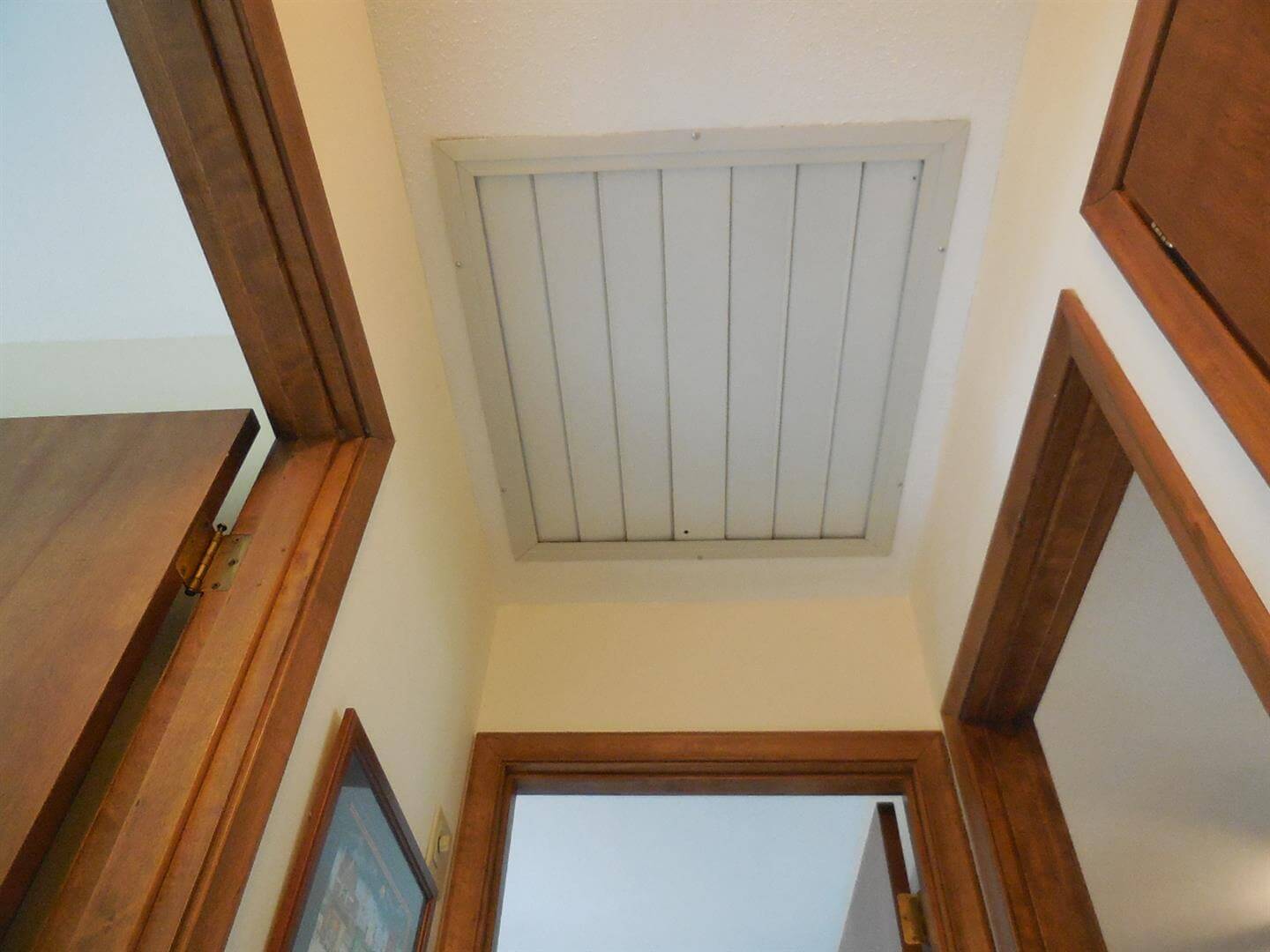

Articles
How To Use A Whole House Fan
Modified: January 18, 2024
Learn how to properly utilize a whole house fan in your home with these informative articles. Discover the benefits and steps to install and maintain this energy-efficient cooling system.
(Many of the links in this article redirect to a specific reviewed product. Your purchase of these products through affiliate links helps to generate commission for Storables.com, at no extra cost. Learn more)
Introduction
Are you tired of high energy bills during the summer months? Do you want to improve the air circulation and comfort in your home? Look no further than a whole house fan. This ingenious device provides a cost-effective and energy-efficient solution for cooling your home, reducing the need for air conditioning and saving you money.
In this article, we will explore the world of whole house fans, covering everything from how they work to their benefits, installation process, and maintenance. Whether you’re a homeowner looking to upgrade your cooling system or a DIY enthusiast eager to tackle a new project, this guide will walk you through the ins and outs of using a whole house fan.
So, let’s dive in and discover how a whole house fan can transform your living space into a cool, refreshing oasis.
Key Takeaways:
- Embrace natural ventilation and save on energy costs with a whole house fan, providing refreshing airflow, improved air quality, and reduced reliance on air conditioning.
- Choose the right whole house fan, maximize its effectiveness through proper usage and maintenance, and transform your home into a cool, comfortable oasis.
Read more: How To Install A Whole House Fan
Understanding Whole House Fans
Before diving into the details of whole house fans, let’s first understand what they are and how they work. A whole house fan is a ventilation system installed in the ceiling of a home, typically in a central location such as a hallway or a top-floor landing area. It works by drawing fresh outdoor air into the house and expelling warm indoor air out through the attic, creating a natural and continuous cycle of airflow.
Unlike traditional air conditioning systems that recirculate and cool the same air, a whole house fan brings in cooler and fresher outdoor air, making it an excellent choice for areas with mild to moderate climates.
Whole house fans utilize a powerful fan that’s designed to move a large volume of air quickly. These fans are typically mounted in a frame and sealed tightly to the ceiling to ensure efficient operation. Many whole house fans also come equipped with insulated covers that prevent heat loss and outside air infiltration when the fan is not in use.
It’s important to note that while whole house fans are effective for cooling, they are not the same as air conditioning units. They work best in dry climates or during the cooler parts of the day when outdoor temperatures are lower than indoor temperatures.
Now that we have a basic understanding of how whole house fans function, let’s explore the various benefits they offer.
Benefits of Using a Whole House Fan
Whole house fans provide several advantages that make them an attractive option for homeowners. Here are some of the key benefits of using a whole house fan:
1. Energy Efficiency: One of the biggest advantages of a whole house fan is its energy efficiency. Compared to air conditioning units, whole house fans consume significantly less energy, helping to lower your overall electricity bills.
2. Natural Cooling: Whole house fans use the natural cooling power of outdoor air. By bringing in cooler air from outside and expelling warm air through the attic, they create a refreshing breeze that can cool down your entire home.
3. Improved Air Quality: Whole house fans help to improve indoor air quality by circulating fresh outdoor air throughout the house. They can help remove stale air, odors, and pollutants, providing a healthier environment for you and your family.
4. Reduced Dependency on Air Conditioning: Using a whole house fan allows you to reduce your reliance on air conditioning. This can help extend the lifespan of your AC unit, reduce the frequency of repairs, and lower your carbon footprint.
5. Cost Savings: By using a whole house fan instead of air conditioning, you can save a significant amount of money on your cooling costs. According to the U.S. Department of Energy, whole house fans can provide energy savings of up to 50-90% compared to air conditioning.
6. Increased Comfort: Whole house fans create a gentle and continuous airflow, which helps to maintain a comfortable indoor temperature. They can eliminate hot spots and make your living space more enjoyable during the hot summer months.
7. Environmentally Friendly: With their lower energy consumption and reduced reliance on air conditioning, whole house fans are considered a more environmentally friendly cooling option. By using natural ventilation, you can contribute to a greener and more sustainable future.
In addition to these benefits, whole house fans are relatively low maintenance, easy to operate, and can provide a quick and efficient cooling solution for your home. With proper installation and usage, a whole house fan can be a valuable addition to your home cooling system.
Choosing the Right Whole House Fan for Your Home
When it comes to selecting a whole house fan for your home, there are several factors to consider. Here are some key points to help you choose the right whole house fan:
1. Airflow Capacity: The first thing to consider is the airflow capacity or cubic feet per minute (CFM) of the fan. This measurement indicates how much air the fan can move in a minute. To ensure effective cooling, choose a fan with a CFM rating that is suitable for your home’s square footage. A general rule of thumb is to have a fan with a minimum of 2-3 CFM per square foot of living space.
2. Noise Level: Depending on personal preference, you may want to consider the noise level of the fan. Some whole house fans can be noisy, especially when running at high speeds. Look for models that provide noise reduction features or insulation around the fan to minimize noise disturbance.
3. Size and Installation: Consider the size and installation requirements of the fan. Ensure that the fan you choose will fit properly in your ceiling space without causing any structural modifications. Additionally, check if the fan comes with an installation kit or if you need to purchase any additional accessories.
4. Energy Efficiency: Look for whole house fans that are energy-efficient. Energy Star certified fans are a good option as they meet strict energy efficiency standards and can help you save on your energy bills.
5. Controls and Options: Consider the control options of the fan. Some models come with built-in timers, speed controls, and remote controls, allowing you to conveniently adjust the fan settings. Additionally, consider if the fan can be integrated with your home’s automation system for easier control.
6. Warranty and Support: Check the warranty offered by the manufacturer and the availability of customer support. It’s important to have a reliable warranty in case of any issues with the fan, and responsive customer support can help address any concerns or questions you may have.
7. Budget: Set a budget for your whole house fan purchase. Compare prices and features of different models to find the best value for your money. Consider the long-term savings in energy costs when making your decision.
8. Read Reviews: Before making a final decision, read customer reviews and testimonials to get insights into the performance and reliability of the fan. This can help you make an informed choice and avoid any potential issues.
By considering these factors, you can narrow down your options and find a whole house fan that meets your needs and preferences. Remember, investing in a high-quality and properly sized fan will ensure efficient cooling and long-lasting performance for your home.
Installing a Whole House Fan
Installing a whole house fan may seem like a complex task, but with proper planning and the right tools, it can be a DIY project. Here are the general steps involved in installing a whole house fan:
1. Choose the Right Location: Determine the ideal location for your whole house fan. It should be installed in a central area of your home, such as a hallway or landing, to ensure optimal airflow to all rooms.
2. Measure and Cut an Opening: Measure the dimensions of the fan and mark the corresponding area on your ceiling. Use a drywall saw or a similar tool to cut out the opening carefully. Be sure to follow the manufacturer’s guidelines for the specific dimensions and clearance requirements.
3. Secure the Fan Frame: Place the fan frame in the opening and secure it properly to the ceiling joists. Ensure that the frame is level and securely attached using screws or bolts as per the manufacturer’s instructions.
4. Connect the Electrical Wiring: Follow the electrical wiring instructions provided with the fan to connect it to the power source. If you are not comfortable with electrical work, it’s recommended to hire a licensed electrician to handle the wiring.
5. Install Ductwork: Connect the ductwork to the fan housing and ensure a tight seal. The ductwork should be properly insulated to prevent heat gain or loss. Ensure that the ductwork runs to the exterior of your home through the attic or roof vents.
6. Install Insulated Cover: Many whole house fans come with an insulated cover to seal the fan when it’s not in use. Install the cover over the fan and secure it properly to prevent heat loss or outside air infiltration.
7. Test and Troubleshoot: Before completing the installation, test the fan to ensure it is functioning correctly. Listen for any unusual noises or vibrations and address them if necessary. Troubleshoot any issues as per the manufacturer’s instructions or seek professional help if needed.
8. Proper Ventilation: It’s important to ensure proper ventilation in the attic space when using a whole house fan. Check to make sure there are adequate vents or install additional vents if required. This allows the expelled air to escape and prevents moisture buildup.
Remember, the installation process may vary depending on the specific model and manufacturer instructions. It’s essential to carefully read and follow the installation manual provided with your whole house fan. If you are unsure about any step or lack experience, it’s advisable to consult a professional installer to ensure a safe and proper installation.
Make sure to open windows in different parts of the house to create a cross breeze when using a whole house fan. This will help to maximize the cooling effect throughout the entire home.
Read more: How Much Is A Whole House Fan
Operating and Using a Whole House Fan
Operating a whole house fan is fairly straightforward. Here are the key steps to effectively use your whole house fan:
1. Open Windows: Begin by opening windows in the rooms you want to cool. This allows fresh outdoor air to enter the house while pushing out warm indoor air.
2. Turn on the Fan: Flip the switch or use the designated controls to turn on the whole house fan. Start with a low speed to gradually increase airflow.
3. Select the Right Time: It’s best to operate the fan during the cooler parts of the day, such as early morning or evening, when the outdoor temperature is lower than the indoor temperature. This allows for more efficient cooling and prevents bringing in hot air.
4. Manage Indoor Temperature: Keep an eye on your indoor temperature and adjust the fan speed accordingly. Increase the fan speed if you need stronger cooling or decrease it if the desired temperature is reached.
5. Cross Ventilation: To maximize the cooling effect, create cross ventilation by strategically opening windows on opposite sides of your home. This creates a path for air to flow through and cool down the entire house evenly.
6. Monitor the Noise Level: Some whole house fans can be noisy, especially at higher speeds. If the noise becomes disruptive, consider using the fan at a lower speed or use it during times when noise won’t impact your activities or sleep.
7. Use in Conjunction with AC: If you have both a whole house fan and air conditioning, you can use them together for more effective cooling. Turn on the whole house fan to bring in cool outdoor air, and then switch to air conditioning to maintain the desired temperature.
8. Close Windows and Insulate: When you’re done using the whole house fan, close the windows and insulate your home to prevent hot air from entering and cool air from escaping. This can be done by closing blinds or curtains and using weather stripping to seal any gaps in doors and windows.
Remember to always follow the manufacturer’s instructions for operating and using your specific whole house fan model. By effectively utilizing your whole house fan, you can enjoy cooler and more comfortable living spaces while saving on energy costs.
Tips for Maximizing the Effectiveness of Your Whole House Fan
To get the most out of your whole house fan and optimize its cooling performance, consider implementing the following tips:
1. Choose the Right Time of Day: Use your whole house fan during the cooler parts of the day when outdoor temperatures are lower. This typically includes early morning and evening hours when the air is cooler and fresher.
2. Utilize Cross Ventilation: Take advantage of cross ventilation by strategically opening windows on opposite sides of your home. This allows for a smooth flow of air and better circulation throughout your living space.
3. Close Windows and Insulate: When you’re not using the whole house fan, close your windows tightly to prevent warm air from entering and cool air from escaping. Insulate your home by using weather stripping on doors and windows and closing blinds or curtains to keep out heat.
4. Combine with Ceiling Fans: Use ceiling fans in conjunction with your whole house fan to further enhance air circulation. Ceiling fans help distribute the cool air throughout the rooms and provide additional comfort.
5. Maintain Proper Attic Ventilation: Ensure that your attic has adequate ventilation to allow the expelled air from the whole house fan to escape effectively. This prevents moisture buildup and improves the overall efficiency of the fan.
6. Keep the Fan and Ductwork Clean: Regularly clean and maintain your whole house fan and its ductwork to ensure optimal performance. Remove any dust, debris, or obstructions that may hinder airflow and reduce cooling effectiveness.
7. Consider Window and Door Placement: Pay attention to the layout of your home and the placement of windows and doors. If possible, avoid opening windows and doors that are in direct sunlight, as they can bring in hot air and reduce the cooling effect of the whole house fan.
8. Use the Fan in Combination with AC: If you have an air conditioning system, consider using the whole house fan to bring in cool outdoor air before switching to AC. This can reduce the workload on your air conditioner and result in energy savings.
9. Optimize Insulation in Your Home: Ensure that your home is properly insulated to reduce heat transfer and improve the efficiency of your whole house fan. Insulate your attic, walls, and floors to minimize heat gain and loss.
10. Install a Timer or Thermostat: Consider installing a timer or thermostat control for your whole house fan. These devices allow you to set specific schedules or automatically control the fan based on temperature, ensuring optimal cooling at the right moments.
By following these tips, you can maximize the effectiveness of your whole house fan, enhance the cooling experience in your home, and enjoy energy savings during hot weather.
Maintenance and Troubleshooting
To keep your whole house fan running smoothly and efficiently, it’s important to perform regular maintenance and address any issues that may arise. Here are some maintenance tips and troubleshooting steps:
1. Clean the Fan and Ductwork: Regularly clean the fan blades and housing to remove dirt, dust, and debris. Use a vacuum or a damp cloth to gently wipe down the components. Clean the ductwork as well to ensure proper airflow.
2. Check and Replace Filters: If your whole house fan has filters, check them regularly and clean or replace them as needed. Clean filters help maintain proper airflow and prevent dust accumulation.
3. Inspect and Lubricate Moving Parts: Check the fan motor and other moving parts for any signs of wear or damage. Lubricate them according to the manufacturer’s instructions to ensure smooth operation.
4. Check Electrical Connections: Regularly inspect the electrical connections of the fan to ensure they are secure and free from damage. Loose or damaged connections can affect the fan’s performance or pose safety risks.
5. Address Unusual Noises or Vibrations: If you notice any strange noises or excessive vibrations when the fan is running, inspect the fan for any loose or worn parts. Tighten screws or bolts, and if the issue persists, consult a professional for further inspection.
6. Monitor Fan Speed and Performance: Keep an eye on the fan speed and overall performance. If you notice a significant decrease in airflow or the fan is not operating as it should, check for any blockages in the ductwork or obstructions around the fan.
7. Be Mindful of Safety: When performing maintenance or troubleshooting, always prioritize safety. Turn off the power to the fan before inspecting or cleaning any components. Use proper tools and equipment, and if you are unsure or uncomfortable with any task, seek professional assistance.
8. Consult the Manufacturer’s Manual: Refer to the manufacturer’s manual for specific maintenance recommendations and troubleshooting guidelines. Follow their instructions for optimal performance and to avoid voiding any warranties.
9. Consider Professional Maintenance: If you’re unsure about performing maintenance or troubleshooting on your own, or if you encounter complex issues, it’s advisable to seek professional maintenance services. They have the expertise to handle more intricate tasks and ensure your whole house fan operates at its best.
By regularly maintaining your whole house fan and promptly addressing any issues, you can extend its lifespan, optimize its performance, and ensure a comfortable and efficient cooling experience in your home.
Conclusion
A whole house fan is a valuable addition to your home, offering a cost-effective and energy-efficient cooling solution. By harnessing the power of natural ventilation, these fans can provide a refreshing breeze, improve air circulation, and reduce the need for air conditioning, ultimately saving you money on energy bills.
In this article, we’ve explored the various aspects of whole house fans, from understanding how they work to their numerous benefits, installation process, usage tips, and maintenance. Whole house fans offer advantages such as energy efficiency, improved air quality, reduced dependency on air conditioning, cost savings, and increased comfort.
When choosing a whole house fan, ensure you consider factors like airflow capacity, noise level, size, energy efficiency, controls, and warranty. Proper installation is crucial for efficient operation, and following the manufacturer’s instructions and seeking professional help when needed is recommended.
To get the best results, remember to use your whole house fan during the cooler parts of the day, open windows for cross ventilation, and insulate your home when not using the fan. Regular maintenance, such as cleaning the fan and ductwork, checking electrical connections, and addressing any issues promptly, ensures optimal performance.
By maximizing the effectiveness of your whole house fan through proper usage and maintenance, you can enjoy a cooler and more comfortable living environment while saving on energy costs. So, go ahead and take advantage of the power of natural ventilation with a whole house fan, and experience the benefits it brings to your home.
Frequently Asked Questions about How To Use A Whole House Fan
Was this page helpful?
At Storables.com, we guarantee accurate and reliable information. Our content, validated by Expert Board Contributors, is crafted following stringent Editorial Policies. We're committed to providing you with well-researched, expert-backed insights for all your informational needs.
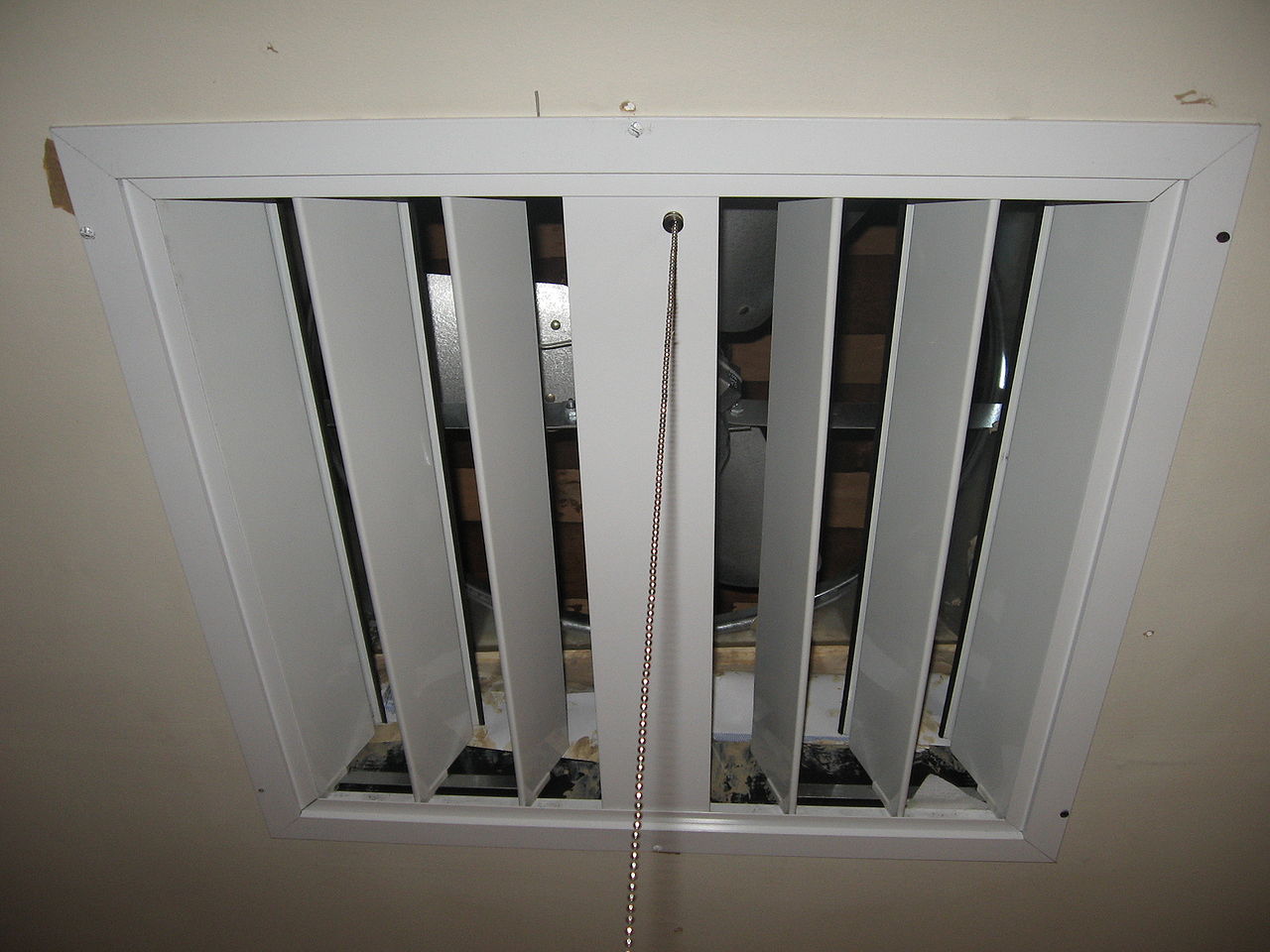
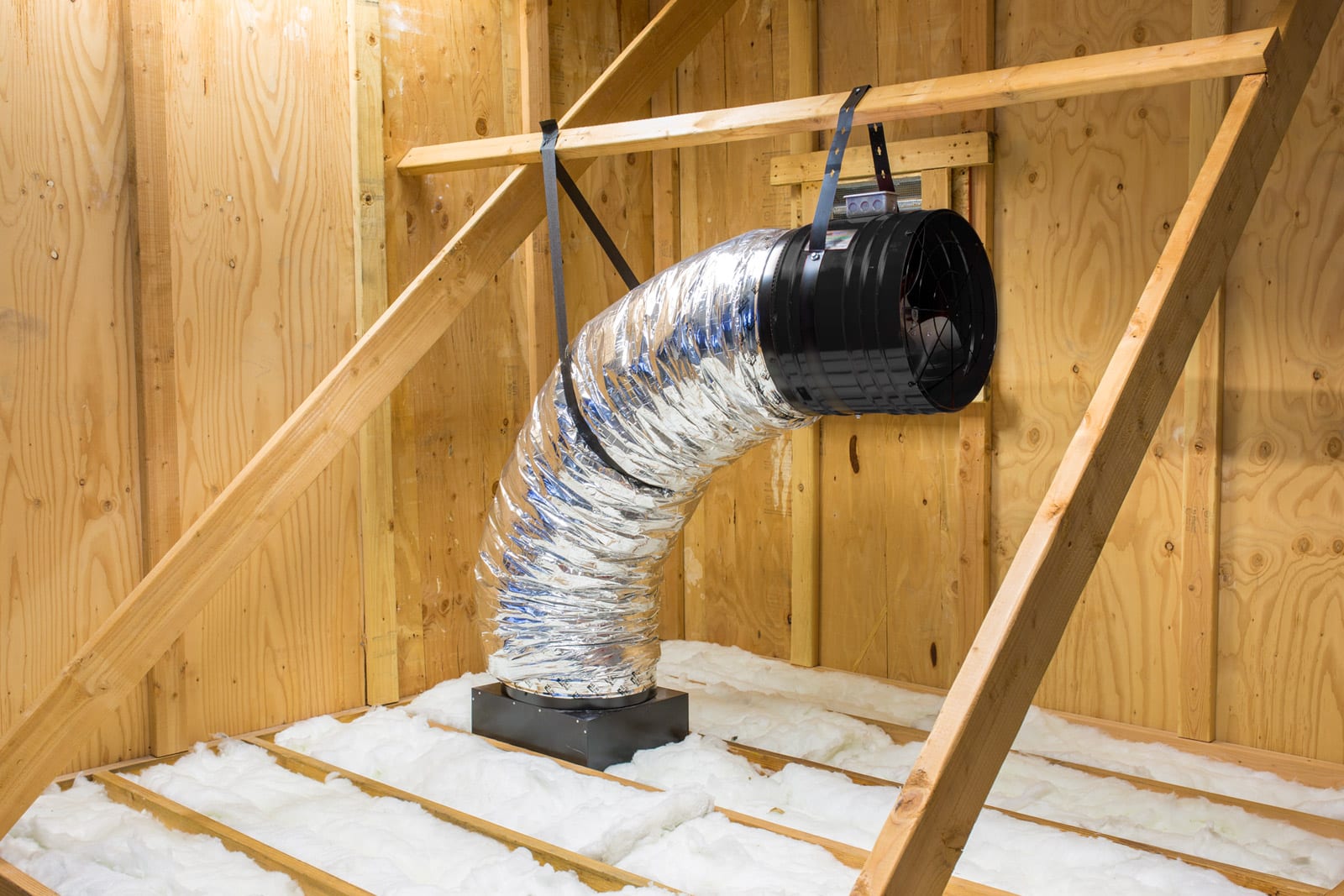
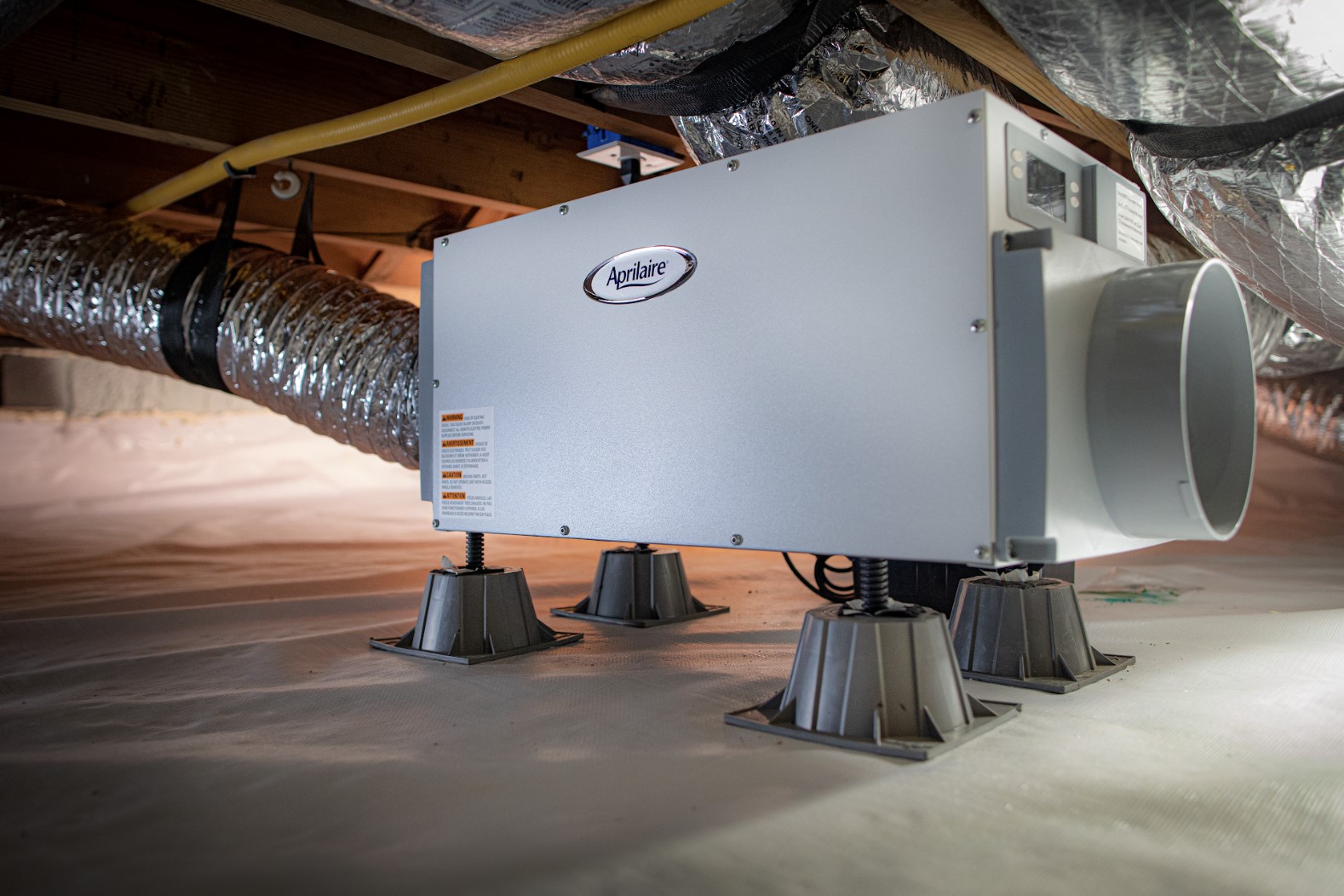
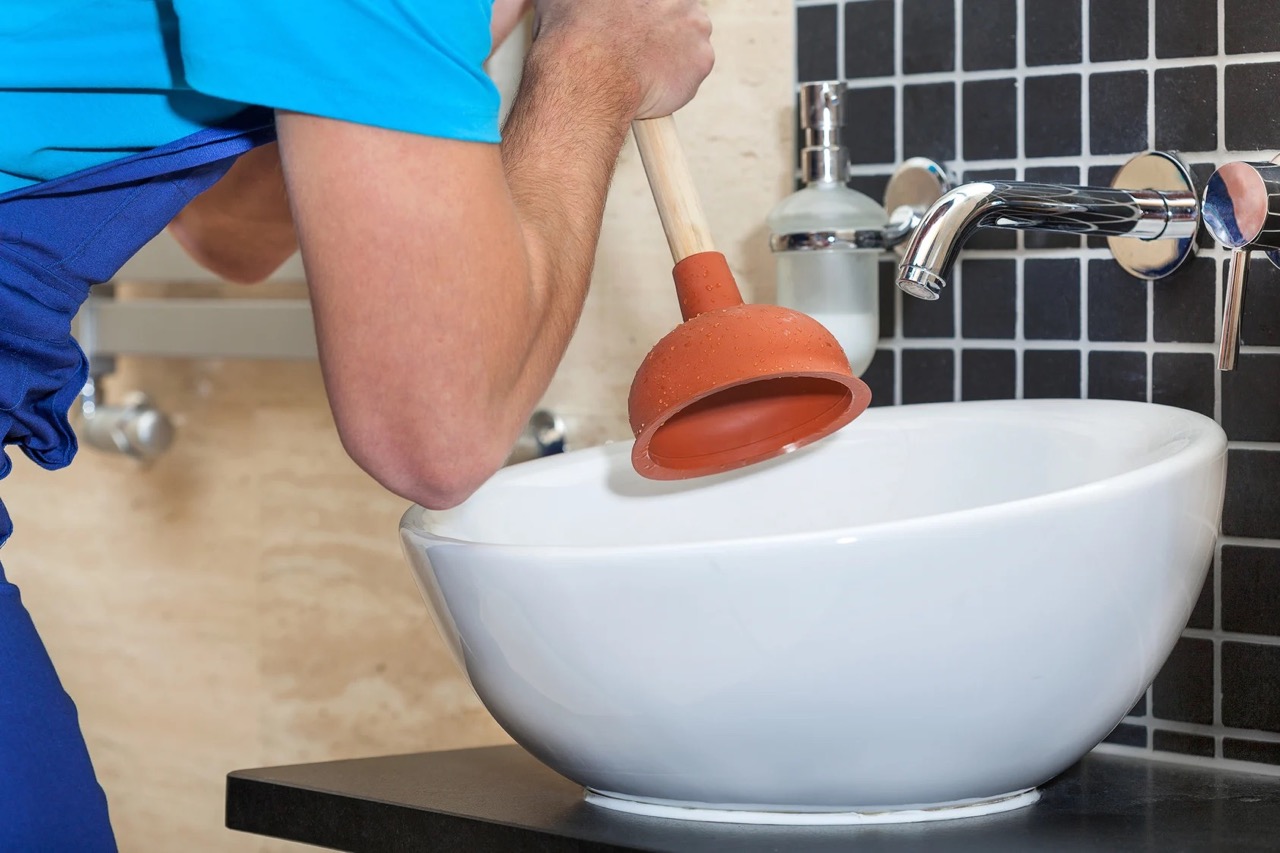
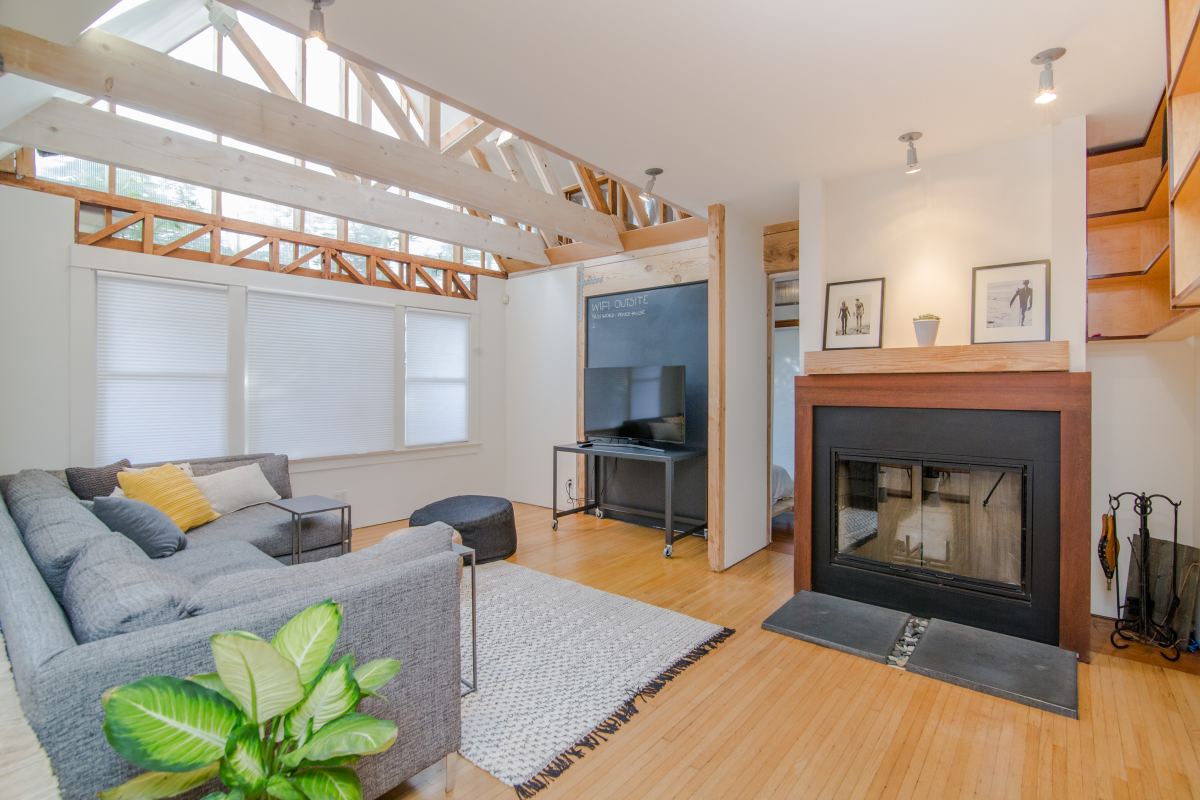
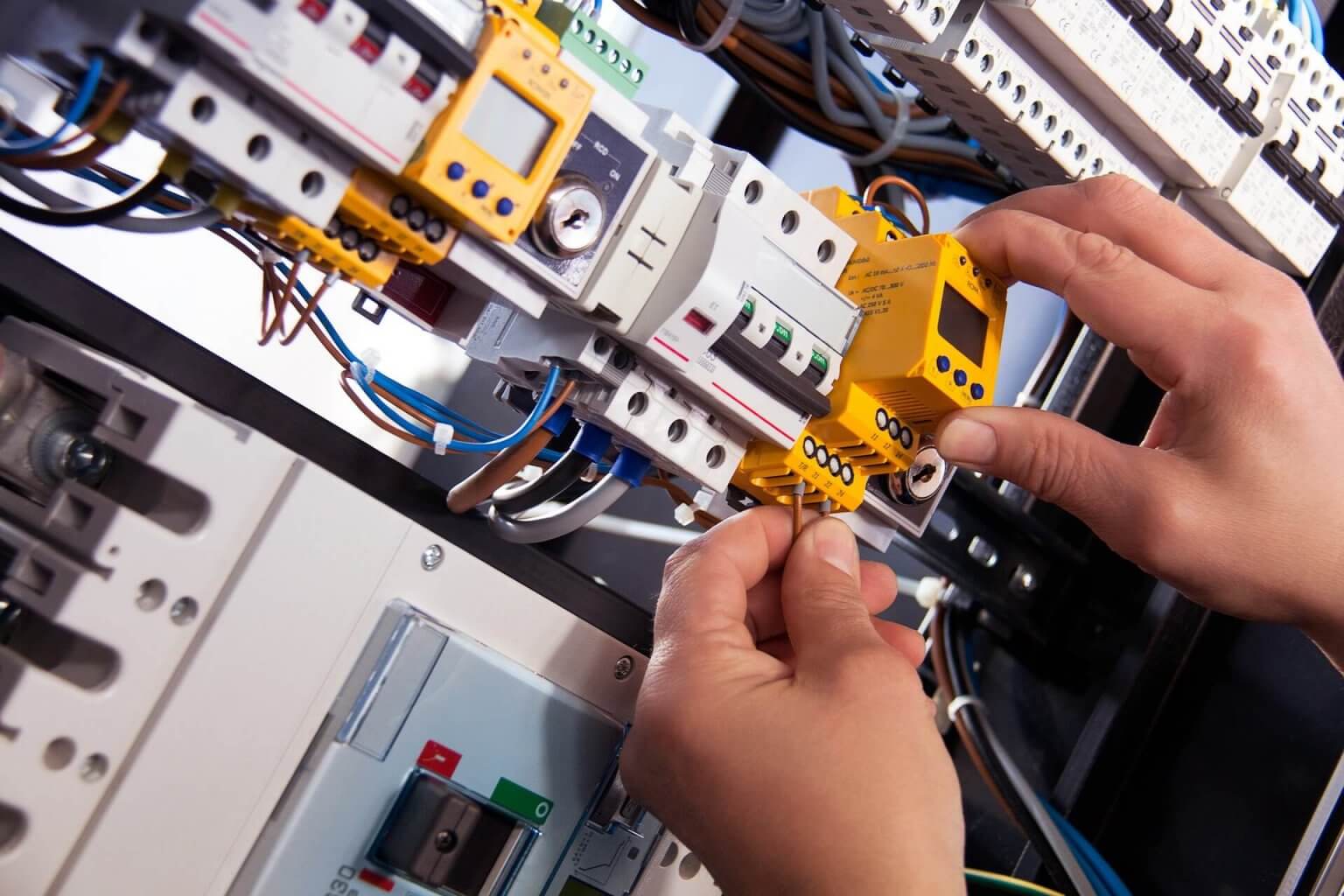


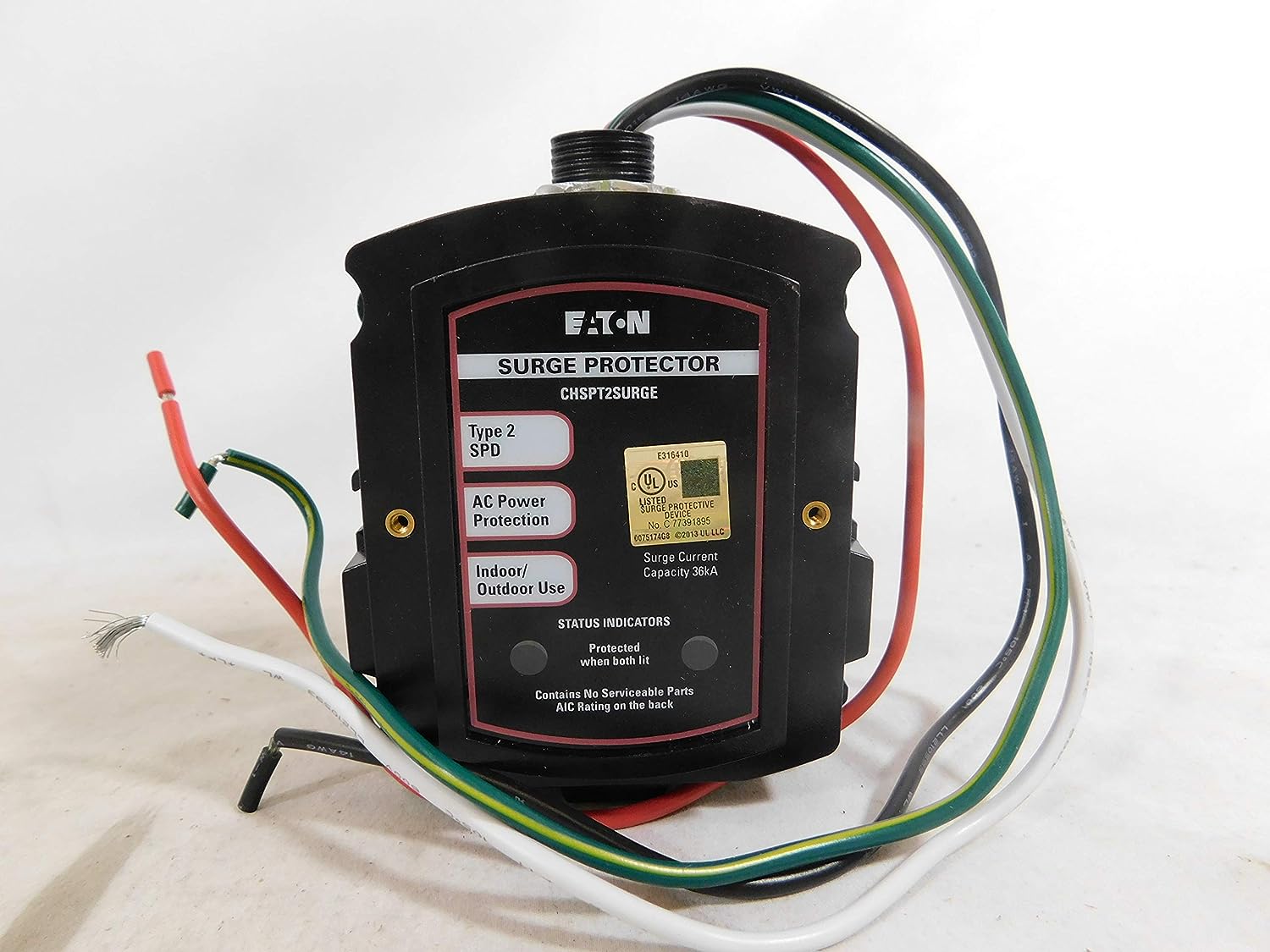
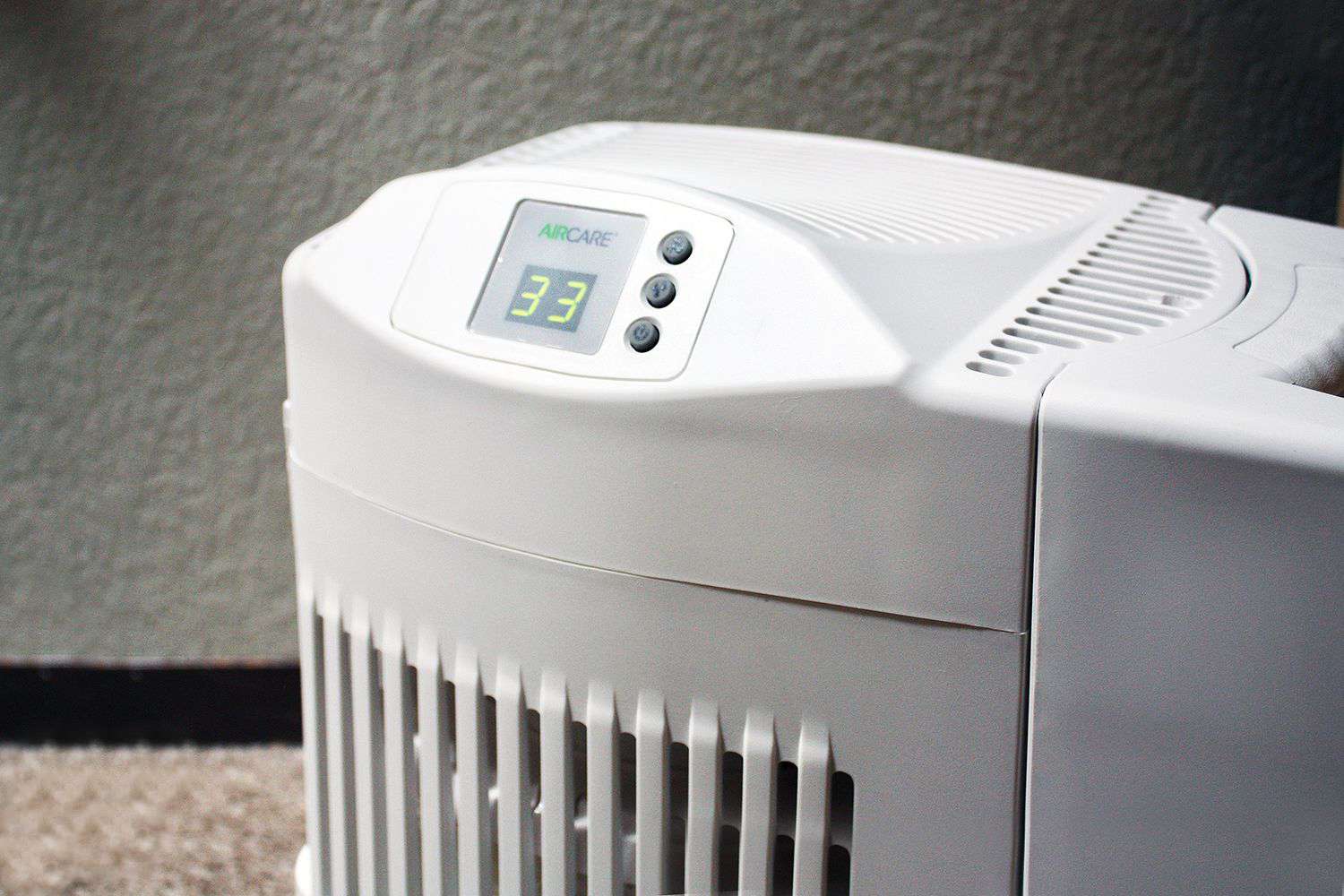
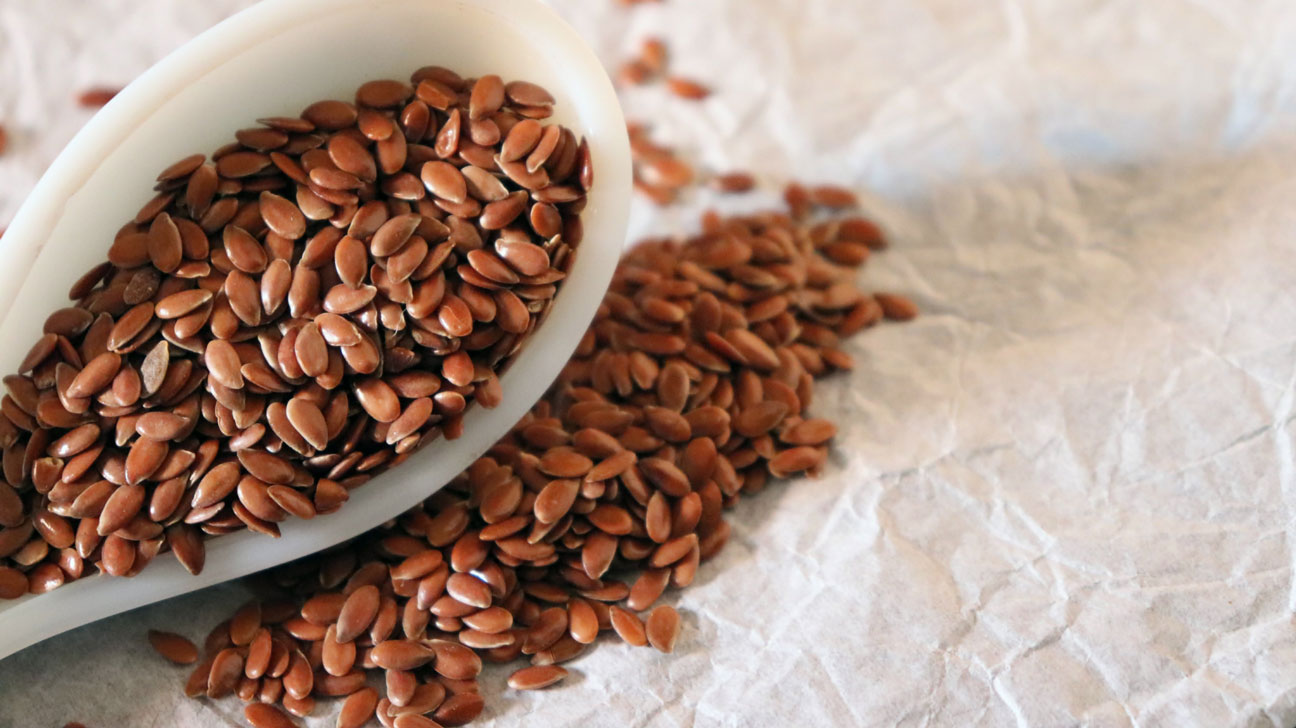
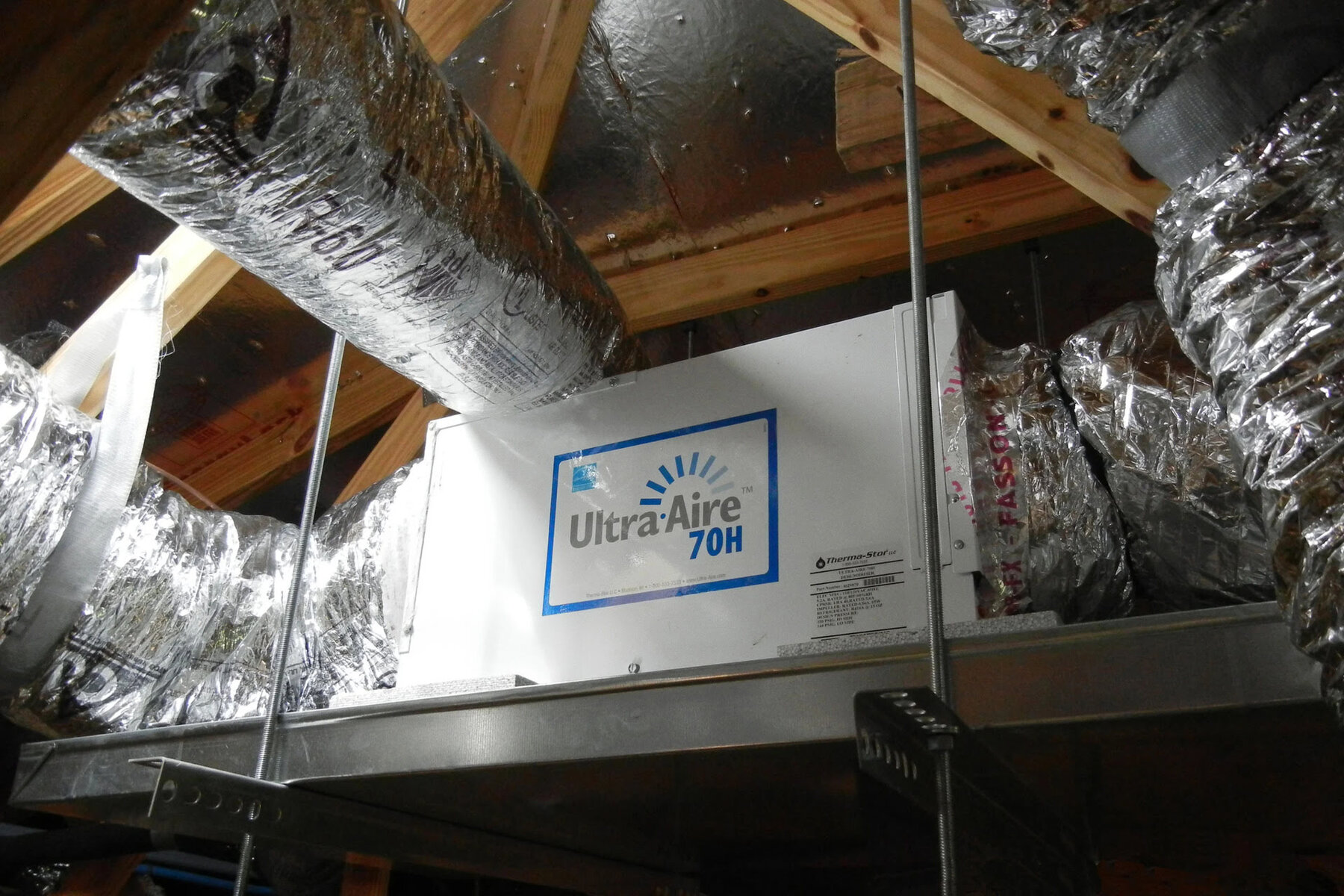
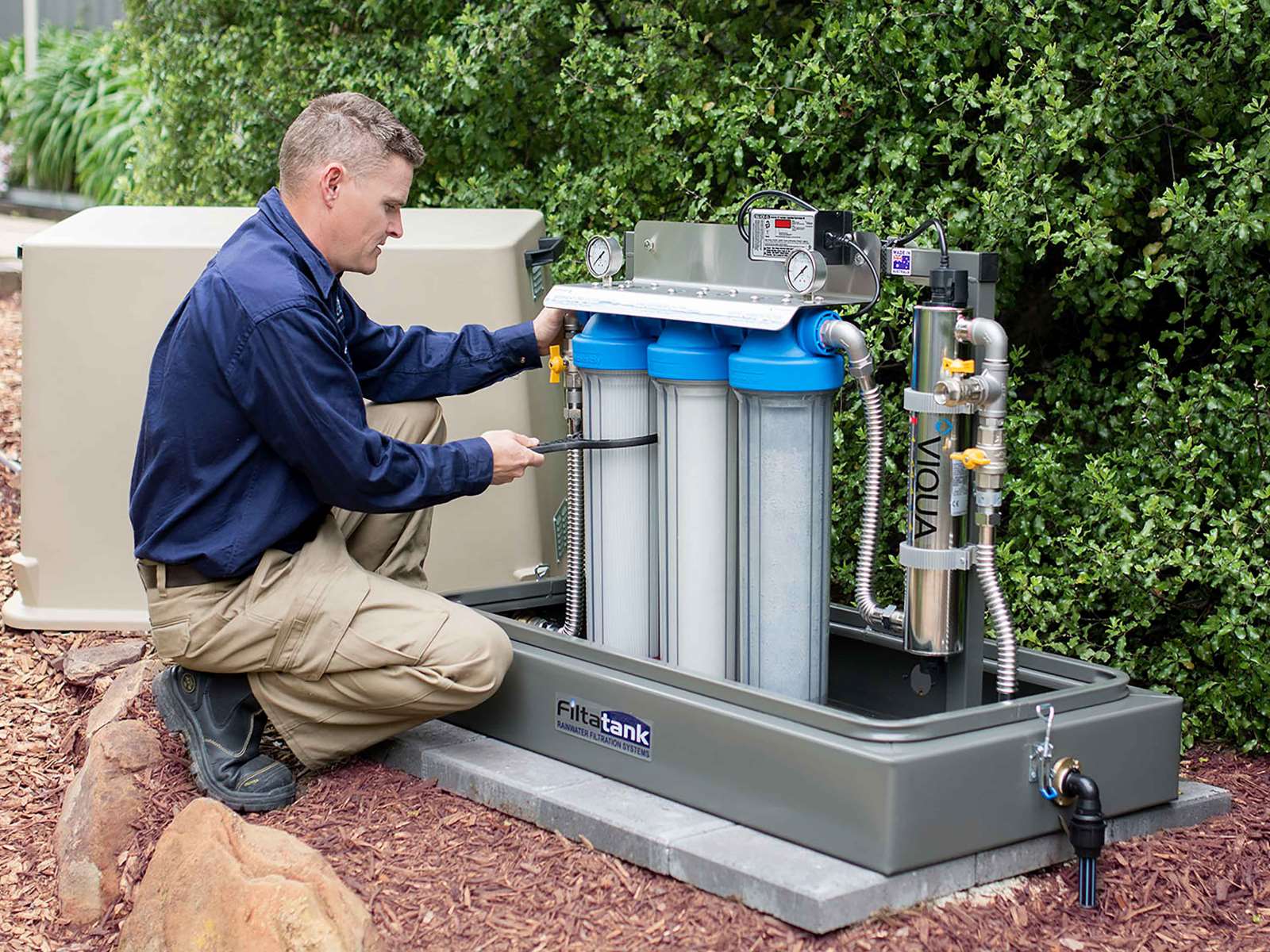
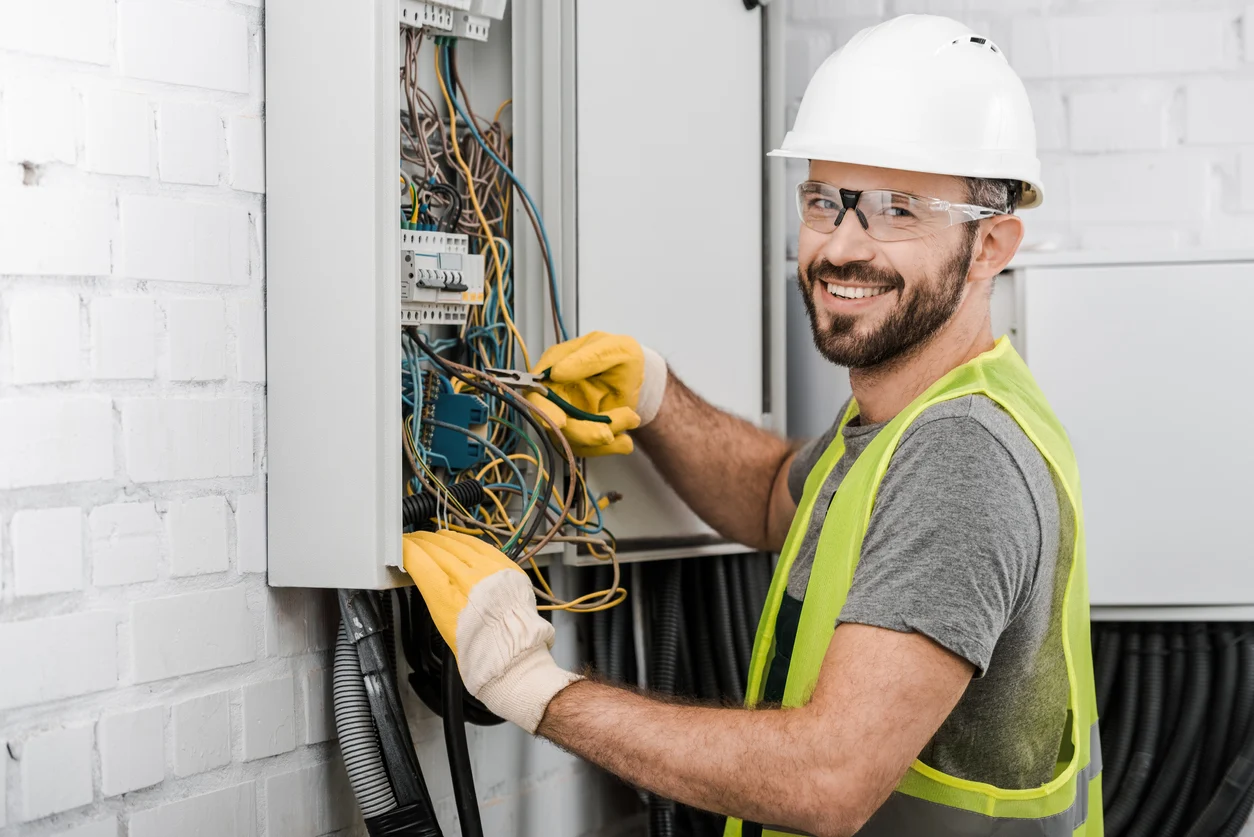

0 thoughts on “How To Use A Whole House Fan”